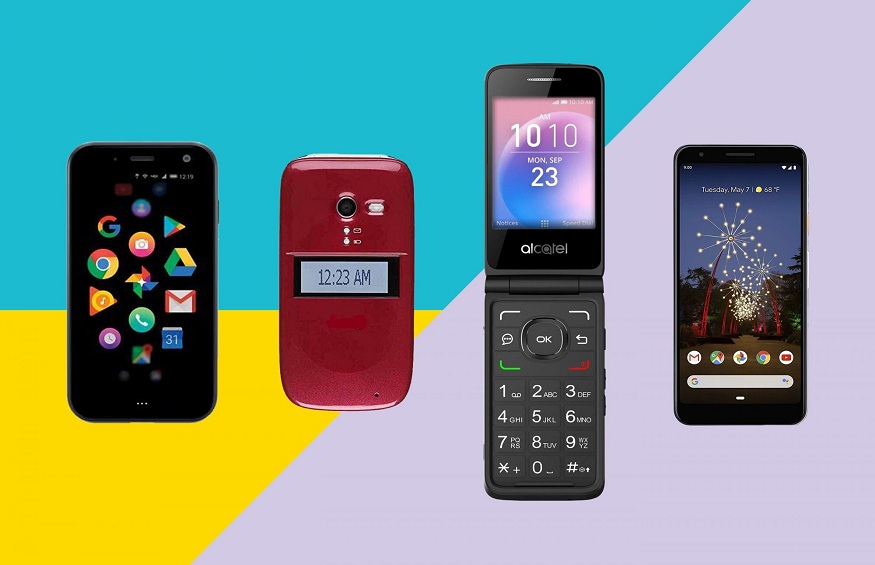Your cell phone is powered by a lithium-ion battery capable of being charged 1000+ times. It is quite similar to a Pale Blue Earth (PBE) USB rechargeable battery in terms of function. There is another similarity as well. Both batteries rely on a flammable lithium-ion electrolyte. Lithium-ion batteries are by no means indestructible.
That could change in the very near future thanks to work being done at the Johns Hopkins Applied Physics Laboratory and the University of Maryland. A team of researchers believe they have invented a nearly indestructible lithium-ion battery that could finally bring an end to worries of rechargeable batteries overheating and exploding.
Though battery fires and explosions are not decimating the world population, they still occur. And when they do, they can be quite serious. PBE explains that the problem is one of thermal runaway. Lithium-ion batteries are designed in such a way that once overheating begins, it leads to thermal runaway very quickly. It is that which leads to fires and explosions.
It’s What’s Inside
A lithium-ion battery’s kryptonite is the thin separator that keeps the negative and positive ends of the battery apart. In that separator is the lithium electrolyte that allows ions to pass through. If the separator breaks down, a short circuit occurs.
Johns Hopkins and University of Maryland researchers undertook a project intended to replace that barrier with something better. Now several years into it, they have found a way to create a water-based lithium electrolyte in a plasticized barrier.
In essence, they’ve invented the lithium-ion version of an aqueous battery. It turns out that aqueous batteries are not all that new. They have been around for more than two decades. The problem is that they do not store enough energy to be useful – at least until now.
Electrolytes and Polymers
Researchers have created a water-based electrolyte that still uses lithium salts. But rather than containing that electrolyte in a standard barrier, they have mixed it with a polymer that more or less becomes a soft plastic once cured. The end result is a flexible electrolyte barrier that can be submerged in water, cut in half, and even burned – but still generate electricity.
Researchers have put their indestructible battery through the ringer. They have subjected it to all kinds of abuse in hopes of seeing if they could induce thermal runaway and cause a fire. So far, the battery has not failed.
The implications of their research are incredible. Small, flexible lithium-ion batteries can be designed in nearly any shape. Their flexibility allows for installation in wearable electronic devices and clothing. Their ability to withstand so much punishment makes them ideal for military applications.
So why aren’t these batteries on the market yet? They have one drawback: they are only good for about a hundred charge cycles, and that’s on the high side. By contrast, a typical lithium-ion battery from PBE can be charged 1000+ times.
Indestructible Batteries Coming Soon
Researchers have to increase the charge cycles before their batteries will be economically viable for mass production. In all likelihood, getting there is a matter of adjusting the electrolyte formula. Needless to say, indestructible batteries are coming soon to a device near you.
In the meantime, we continue to use our current lithium-ion batteries with care. We know enough not to store them under high heat conditions. We know not to put them in our pockets where they can come in contact with coins and other metal objects. We do what we do to avoid excess heat, thermal runaway, and fire. Maybe all of that will be unnecessary someday.

